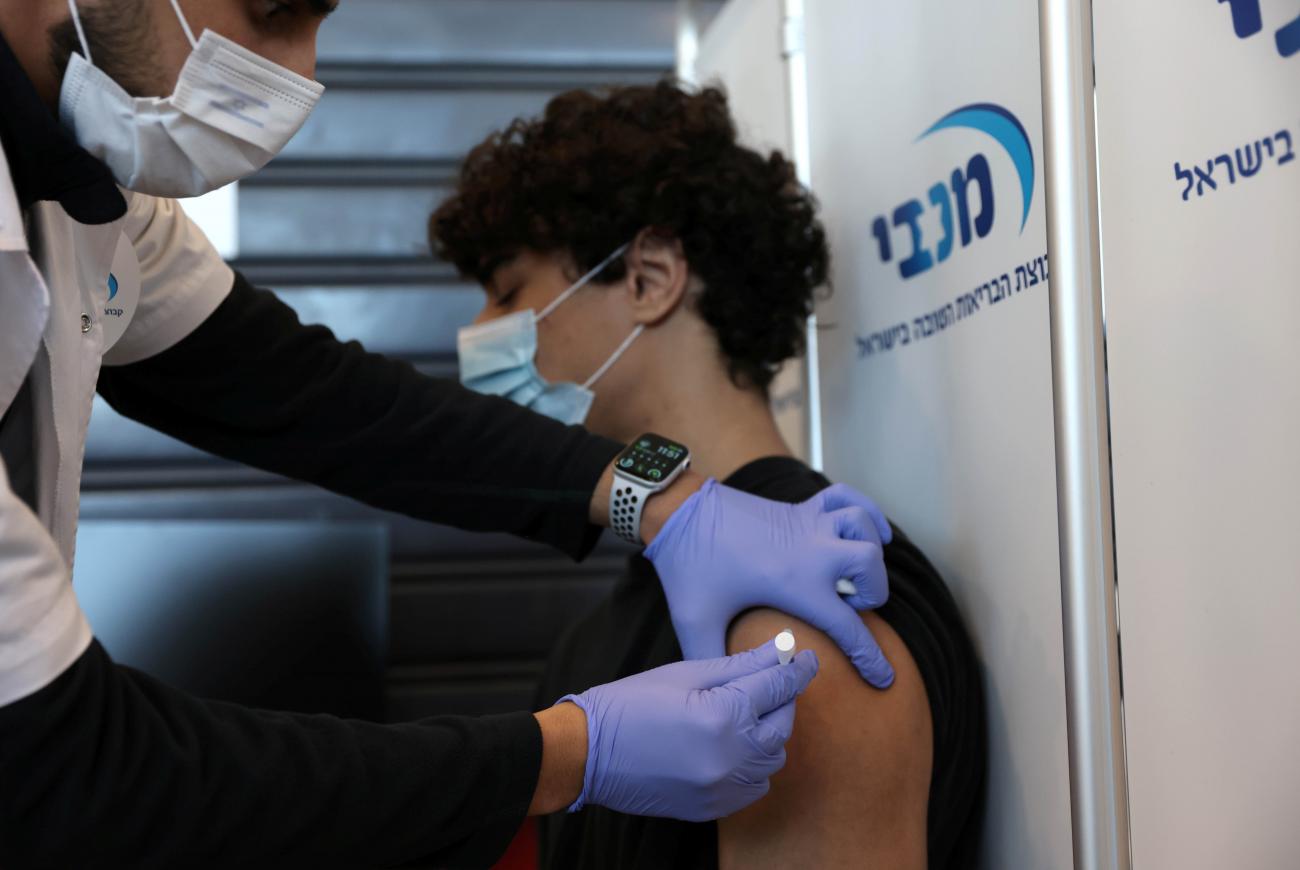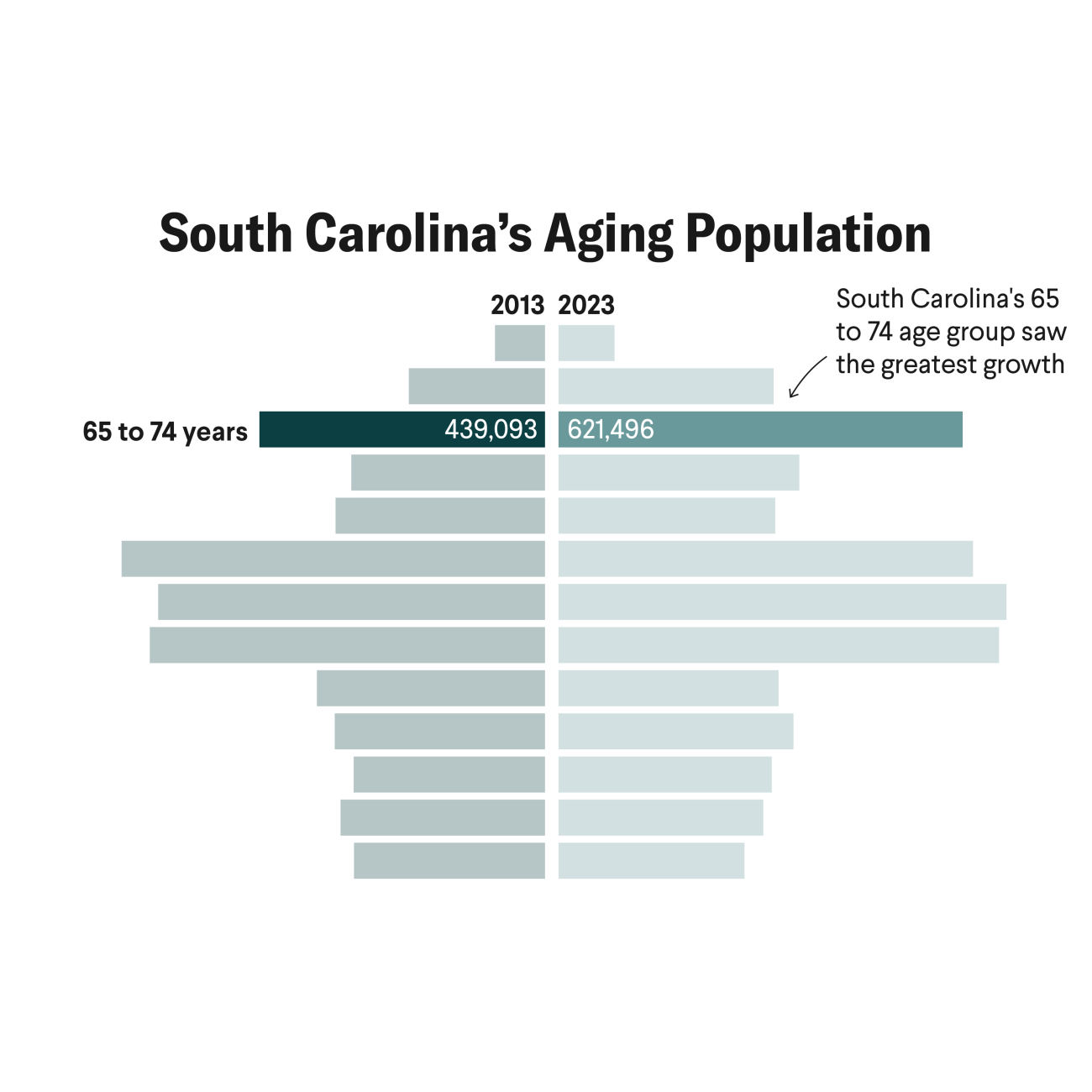Here is a short list of the important life decisions that teenagers living in Santa Clara County, California, like me, can make without the permission of a parent or guardian: drive a car, access birth control, and have an abortion. I can even decide for myself whether to get vaccinated for Hepatitis B and HPV—because California law allows teens to be vaccinated for sexually transmitted diseases without parental consent.
But at 17, I can't decide for myself whether to be vaccinated for SARS-CoV-2, the virus that has killed 745,000 Americans and that has disrupted so many lives and families, including mine and many teens like me.
46 percent of U.S. teens ages 12 to 17 are vaccinated
Don't get me wrong, I consider myself extremely lucky in this pandemic. I am alive as is every member of my immediate family. While we are mostly concerned about the threat of pandemic illness affecting our loved ones, teens also, selfishly, mourn the loss of a time in life that we will never get back: a time of proms, class trips, graduation parties with friends and extended family.
Why Is Teen Vaccination Low?
My friends and I can certainly understand our lives being disrupted by a once-in-a-century pandemic event. What is harder to understand is that disruption continuing now that there is widespread availability of safe, effective, and free vaccines. That disruption is occurring because of the poor decisions of adults and teenagers around us. Many teens, like myself, are tired of it.
Everything I read and hear tells me that COVID vaccines can return our world back to normal (or close to it) if enough people get them. I know there are many people in many countries who don't have access to the vaccine, but it amazes me that only 56 percent of all eligible Americans—who have free access to COVID vaccines—have chosen to be vaccinated. Teen COVID-19 vaccine rates are even lower, with only 46 percent of those aged 12 to 17 vaccinated nationwide.

While teen mortality from COVID-19 is low compared to that of the elderly and the immunocompromised, it is not zero. The numerous anecdotes about perfectly healthy, unvaccinated teenagers being hospitalized and even passing away due to COVID-19 are heartbreaking. Children under the age of 18 represent 16.2 percent of all COVID cases and 22 percent of the total population. Teen COVID infections have been rising since the emergence of the Delta variant in the United States in March and the return to in-person school in August 2021.
Roadblocks to Teen COVID-19 Vaccination
Teens may not be able to convince adults to get vaccinated, but we can at least do our part. Accordingly, it is important that we investigate and understand the barriers to teen vaccination so that they can be addressed by public health officials and policymakers. The biggest barrier to teen vaccination is their parents and guardians.
When I ask my friends why they got vaccinated, a majority say it was because their parents wanted them to. This aligns with research published by Kaiser Family Foundation showing that parents' intentions for having their kids vaccinated against COVID-19 largely line up with whether they are vaccinated themselves. Only 4 percent of parents who received the COVID-19 vaccine stated that they will not have their children vaccinated. Similarly, 58 percent of parents who have decided not to get the COVID-19 vaccine themselves won't vaccinate their children, and an additional 22 percent will only get them vaccinated if it is required.
Teen vaccination rates tend to vary with the political preferences of the adults in their state, with the highest percentages of fully vaccinated teenagers in Vermont (69 percent) and Massachusetts (67 percent). On the opposite end of the spectrum are states such as Wyoming (25 percent) and West Virginia (24 percent). Based on voting patterns in the 2020 election, 53 percent of teens in blue states are vaccinated compared to an average of 36 percent of teens in red states. If we compare teen and adult vaccination rates in the same state (Figure), we can see a trend toward a wider discrepancy—lower teen to adult vaccination rates in red versus blue states.
Though there are clearly many confounding factors that track with voting patterns, COVID vaccination should not be a political issue. It's a health issue that affects everyone in the world and rigorous research shows that vaccines really work to decrease the severity of COVID cases and stop the spread.
Vaccine hesitancy—the percentage of people hesitant or unsure about being vaccinated—is lower among unvaccinated U.S. teens than it is among parents of unvaccinated teens. My classmates who are vaccinated say that they want to be able to see their friends and not have to worry about getting COVID themselves or spreading it to their family members. Some believe that the risks associated with getting the vaccine are lower than the risks of having COVID illness or, potentially, the long-term effects of infection. Some of my classmates approached it, you could say, in an even more noble and selfless way and were vaccinated because they believe it is their personal responsibility to help end the pandemic.
There are risks to COVID-19 vaccination, but teens can weigh them, especially with access to accurate medical information. A few of my friends who are not vaccinated cite worries of rare vaccine side effects such as the heart-related conditions myocarditis and pericarditis (16 to 35 cases per million after a second doses in those under the age of 30). But if teens can weigh the risks and decide for themselves whether or not to drive a car (teen driving killed nearly 2,400 U.S. teens and seriously injured 258,000 teens in 2019), then we should be able to make the decision to be vaccinated against COVID-19 too. Yet, few U.S. counties permit us to do so—San Francisco County is one of the rare exceptions.
Increasing Teen Vaccine Rates
What else can we do to improve vaccine rates? Disseminating reliable information to educate parents and teens about the importance of vaccination is the first step. To counter misinformation about COVID-19 vaccines, perhaps public health officials and educational efforts like vaxteen.org can work with schools to spread scientifically sound information and organize vaccination events.
Teens may not be able to convince adults to get vaccinated, but we can at least do our part
If education isn't enough to increase vaccination rates, better access to medical services and incentives could help, too. Parental decisions are not the only challenge for many low-income teens, who may not regularly visit physicians or have a parents who can take time off from work to bring them to a vaccine appointment.
We learned from experiences in Ohio and other states that lottery-based incentives do not significantly increase vaccination rates for adults. Teens might be motivated by financial incentives, but I suspect peer motivation would work better. Punitive actions may also influence vaccine rates; schools could prohibit participation in extracurricular activities or sports if students are not vaccinated. Counties and states could go so far as to mandate COVID-19 vaccination in order for teens to attend school as Governor Newsom has proposed in California.
Teens, like everyone else, want this pandemic to end. Allowing us to become vaccinated without parental permission, focusing education efforts, and making the vaccine available at schools may get us closer to that goal. I don't doubt that politicians, health officials, and other adults are doing their best to keep everyone safe, but now they need to let us do our part, too. I hope officials can figure this out before my senior prom next spring.





